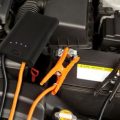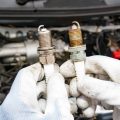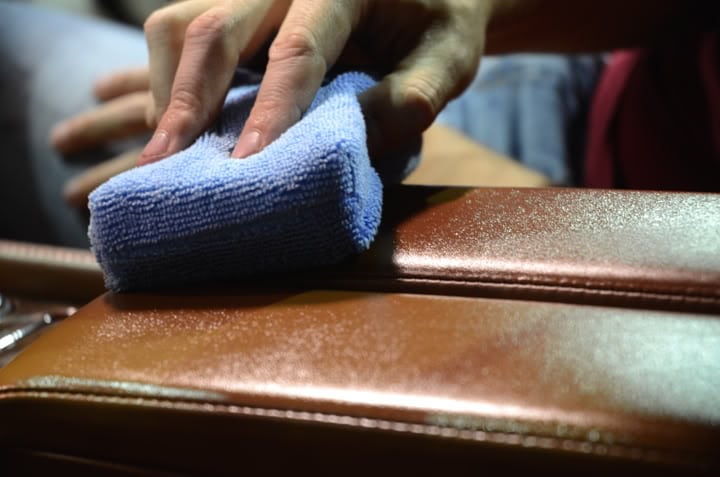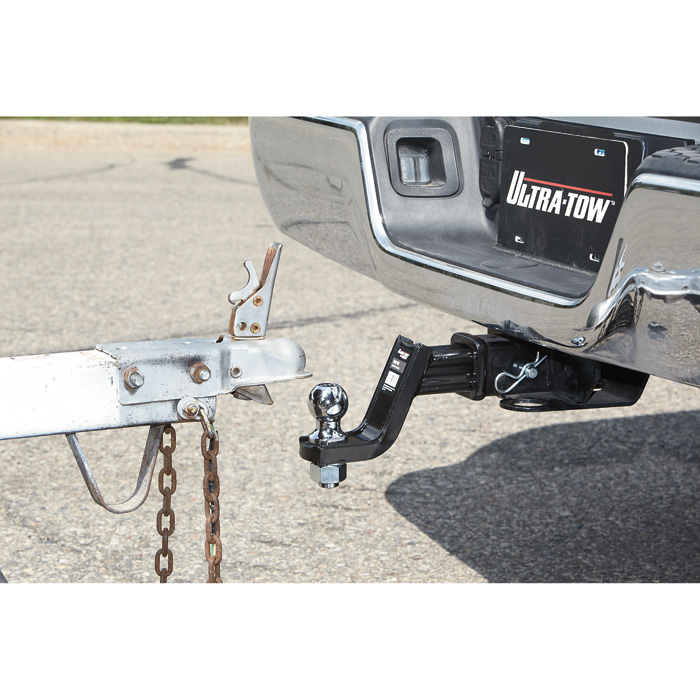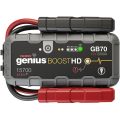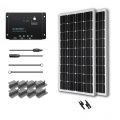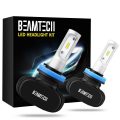How to Test A Car Starter: Car Care Know-Hows
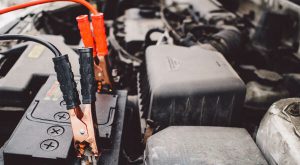
A car that stopped working and won’t start is definitely frustrating. There are some reasons for which your car is not starting. It doesn’t mean that you always have problems with the battery or the power supply. If you have a car, you must know the reasons behind a faulty starter and know the basics of how to test your car starter before going for a long drive.
If you have a minimum basic of car starter or you have some experience with automobiles, you can perform several tasks to check what the problem behind the faulty starter is. In this article, we are going to know some ways you can test your car starter. This instruction can be applied to any car brand including Ford, Nissan, and Toyota. Though starters may be different in appearance, their functionality is the same.
Starter Warning Signs:
There are several signs that indicate that you have a faulty starter. Before testing your car starter you need to determine that you have a faulty starter. The simplest warning sign is that when you try to start your engine but it is not starting at all. You may hear a loud click when attempting to start your engine, but nothing happens at all.
Sometimes, you can notice that you start your engine, it starts slowly and then stop automatically. If you have problems in your battery, you can change the battery packs, however, if the engine is still not working perfectly then, you may need to change your starter or have it serviced.
Another symptom of faulty starter is freewheeling. If you hear any whining noise from the starter after cranking your engine, this situation occurs. This is a bad situation for your car as you may need to change your starter or replace it. To avoid accidents, change or fix your starters as soon as possible.
There are some other signs that indicate a faulty starter. If you notice any kind of smoke coming out from your car, you need to check your starter for an electrical problem. Besides these, there may be either a shortage of power or oversupply of power to the starter. Lastly, always check your car to find any oil leaks that can destroy your car starter or shorten its lifespan.
How to Test a Car Starter: Identifying the Main Problem
Checking the Pinion
If you are seeking for the easiest method to test your car starter, then the pinion test is the simplest test to determine your starter problem. It also lets you fix the starter in the easiest way.
Turn on the headlights and try to start the car
To perform the pinion test, at first, turn on the headlights. Then, try to start the car. You may notice a couple of things when you try to start the car. If you notice that your car makes a noise like it’s going to start but the headlights are not bright, then your starter pinion is not working- it’s jammed.
But, if the car makes a clicking noise, the lights are dim as usual, and it never sounds like it’s trying to start, then the problem is not in the starter pinion. You need to check the electrical system.
Turn the pinion stub with an adjustable wrench (spanner)
Get a spanner to loosen the pinion. The pinion is a square shaped sticking out of the end of the cylinder (starter). Turn the pinion with spanner again and again until it moves freely in place. And, try to start your car again. If you haven’t worked with pinions in the past, you may find difficulties. For this, you should refer to the car’s manual or search for the image of the pinion from Google.
Rock the car if you see no stub and have a manual transmission
Turn your car off and put it in second gear for the manual transmission. Then, you need to rock your car back and forth after releasing the emergency brake. This technique can loosen the pinion. If your car has an automatic transmission, you may not find the pinion. For this, you need to perform the bench testing activity.
Testing the Electrical System
Visually inspect the battery terminals
Open the hood of your car and check the battery, both positive and negative end. Find out whether there is any dirt or corrosion. If you find these, note that they can cause a bad connection and create lack of power to the starter.
After disconnecting the battery, clean the dirt from the battery with a wire brush. Make sure, you don’t touch the terminal of the battery with any metal thing to avoid accidents.
Test the battery’s voltage with a multimeter
Now, it’s time to check your battery’s voltage. For this, you can use any multimeter to check the voltage. If the voltage reading is in between 12.3 and 12.6 volts, your battery is good. But, the battery with below this range is not good at all. For this, you need to change the battery or replace it.
Check the problem with your solenoid
There may be a problem with your solenoid as well. Your starter may cause a problem if there is a connection error. For this, you need to check the connection of the wires and reconnect the loose wires. In case, you face difficulties to attach the loose wires, you can contact automobile professionals.
Bench Testing Your Starter
Remove your starter
If nothing works with the two methods described above, then your starter may be the problem. To start the bench test, you need to remove the starter from your car. You need to do it carefully including jacking up the vehicle to prevent damage or hazards.
Attach jumper cables to your starter
Attach the red jumper cable to the positive terminal of your battery and another end to the solenoid of your starter. Attach the black cable to the negative terminal of the battery and another end to the fin-like parts sticking up off of the main cylinder.
Hold the starter down with one foot
You need to hold the starter with your foot and connect the end of the wire to the battery post. Holding the starter with your foot will prevent unwanted jumping around and causing injury. Still, there’s no movement, you need to replace or repair your starter.
Final Words
If you have not performed any test yet or if you are not familiar with all of the parts of your car, we recommend you to go to the nearest automobile shop to test your starter. Finding a good mechanic in your town can be made easier and faster if you happen to have recommendations or referrals from friends or family. Make sure that the service history of the recommended shop have good track records and has maintained its good reputation for a long time. Have a safe driving!

